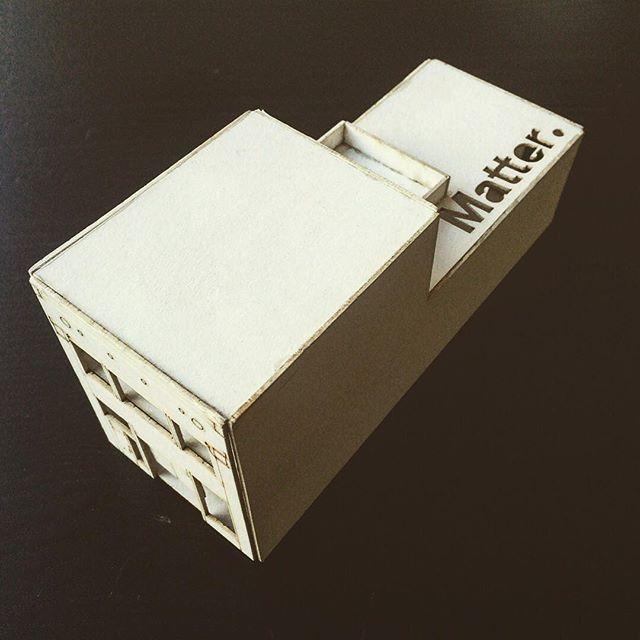Samuel Hulick writes that he's breaking up with Slack:
Which is to say, I thought you were providing some relief from the torrential influx of messages, alerts, and notifications I was receiving on a daily basis. “Me + Slack = Fewer distractions and more productivity,” I thought at the time. I have to say, though, that I’ve since found it to be the opposite.
Like, WAY the opposite.
I love Slack. It's a handy, lightweight way to reach people you work with, wherever you are. But I also find myself closing it from time to time, and turning off my notifications throughout my workday. I'm not sure this kind of notification management is something everybody does, and people have, on occasion, been mad at me for not seeing a notification in real time.
Simultaneously, some companies are rethinking open plan offices. As Stowe Boyd wrote last year:
Recent research in Denmark shows a correlation with sickness: the larger the open space is in an office, the more people will take sick leave. Compared to traditional single occupant offices, those in open offices with more than 6 occupants had more than double — 62% — the normal days of sick leave.
That's partially because open plan offices are germ vectors, but this isn't the only reason:
A growing body of research is gradually cementing the idea that open offices can also make it harder to get work done. By overstimulating us, they can make us more stressed and more distracted -- and therefore less productive.
By hyper-connecting everyone via platforms like Slack, we're constructing a giant open-plan office that is almost impossible to escape.
Not only do constant notifications decrease productivity and stress us out, but if you have ownership over your problem or product, you're more creative when you work alone.
That's not to say that we shouldn't be connected. But the onus is on us to manage our connections - and it has to be acceptable to switch them off on our own terms. A number of countries have examined banning after-work emails, but this doesn't cover the interruptions while you're at work.
The excitement of ubiquitous connectivity - we all have smartphones now! and they're amazing! - is wearing off. With it, we need to examine design trends like calm technology, and learn to be proactive about controlling our information environment, rather than reactive to ever beep and information blast that comes in. (No matter how addictive they might be.)
We all want to be more effective, creative and efficient at work. It's time we took another look at designing the best environment to do it in.


 Share this post
Share this post Working with
Working with 
 If that's what you have, Matter doesn't end at Demo Day. This last Friday,
If that's what you have, Matter doesn't end at Demo Day. This last Friday, 